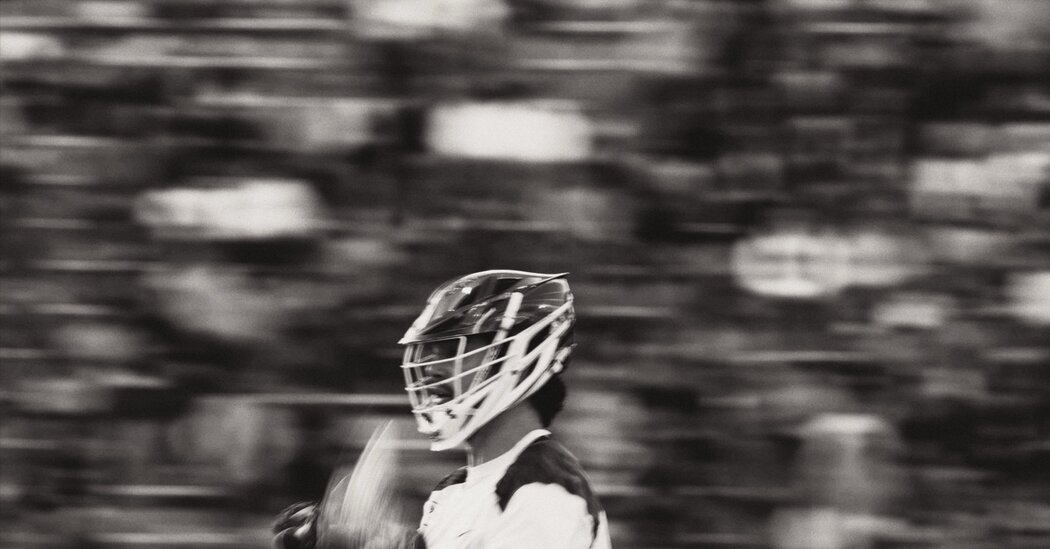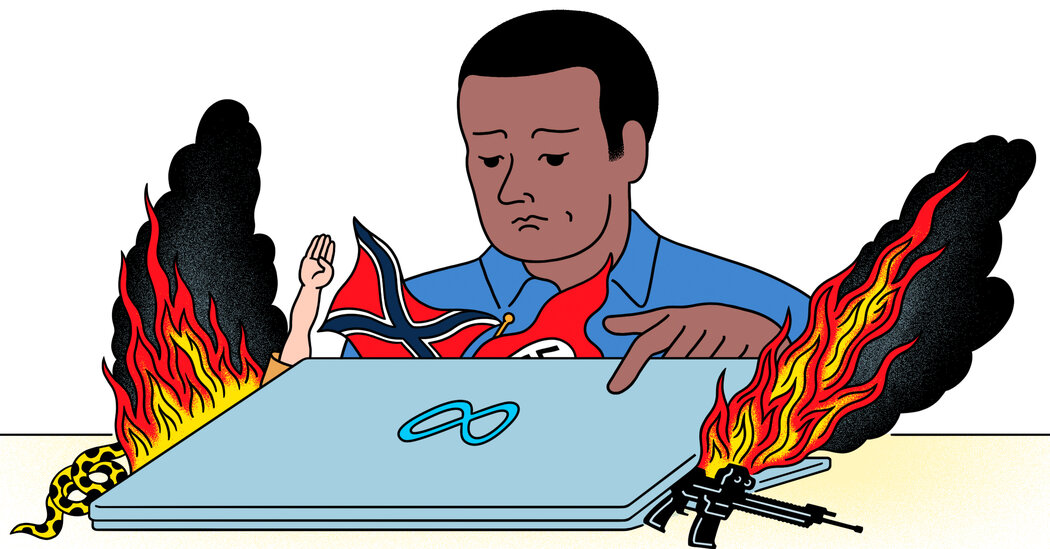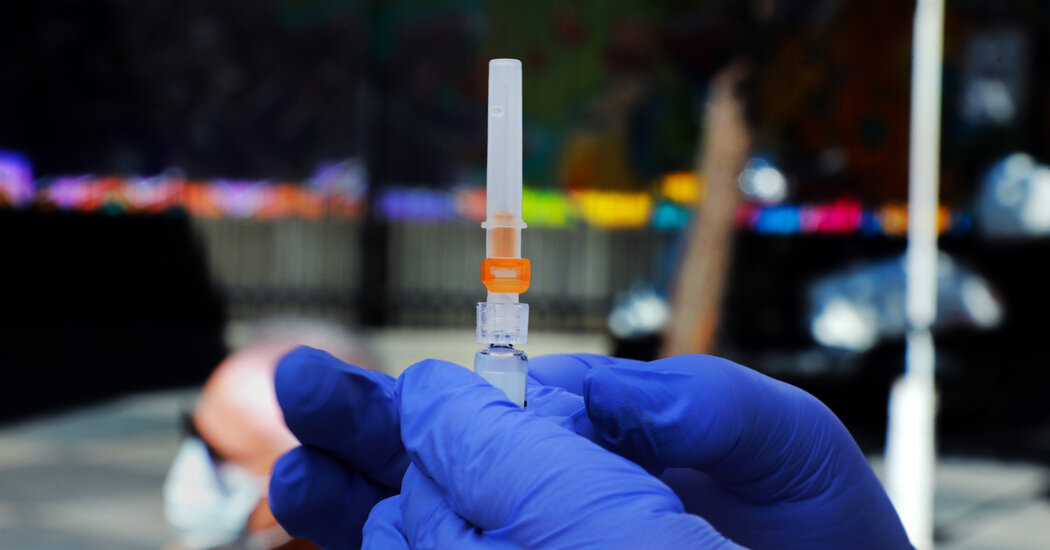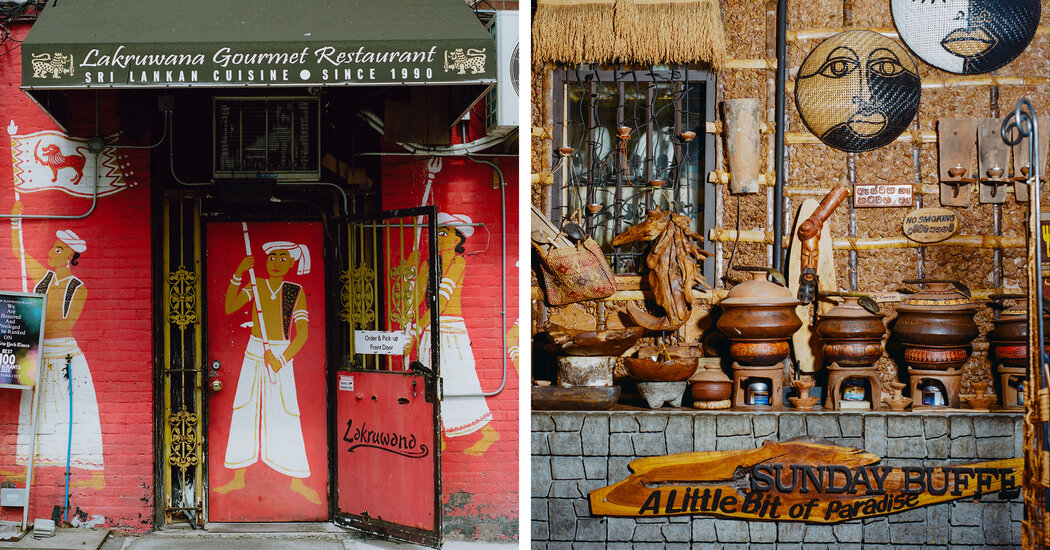Most lacrosse players tell the same story of falling in love with the game: It started with the stick. From the game’s traditional strongholds in Canada and the American Northeast and mid-Atlantic to 21st-century hotbeds like Colorado, Florida, Israel and Japan, male and female players alike recount that moment they first picked one up — whether titanium or wood, whether a standard 40-inch stick or a defenseman’s six-foot pole — and felt its potential for trickery, firepower, a bit of swagger. But nowhere does the bond with the lacrosse stick run deeper than in the Six Nations of the Haudenosaunee Confederacy.
Located mostly in central New York and Ontario, its peoples — the Seneca, Cayuga, Onondaga, Oneida, Mohawk and Tuscarora Nations, formerly known collectively as the Iroquois — have been playing lacrosse for nearly 1,000 years. Though they adapted masterfully to the lighter, tougher, cheaper artificial materials that have revolutionized stick design over the past five decades, the wood stick retains its profound importance for the Haudenosaunee. Male newborns are often given miniature “cradle sticks”; men are buried with their favorite stick. The Onondaga attackman Lyle Thompson, 32, one of the greatest ever to play lacrosse, considered his childhood stick a living entity — “my best friend,” he calls it — and wept the day it broke.
The use of a wood stick these days is mostly talismanic. The Haudenosaunee Nationals — one of the world’s best national lacrosse teams — started every game at the most recent men’s world field championships, in San Diego in 2023, by having a defender use a wood stick for one shift. Three weeks later, when a six-person Haudenosaunee delegation attended a private, high-stakes White House meeting with United States officials, they brought one of those sticks from San Diego. Their mission, in part, was to press their case for the Nationals to be included on the biggest international stage of all, the Olympic Games.
At the time, LA28, the organizing committee of the 2028 Olympic and Paralympic Games in Los Angeles, was on the cusp of adding lacrosse. But though the lacrosse World Championships have included the Haudenosaunee Nationals since 1990, making them the only Indigenous national team accepted by a major international sports federation, the International Olympic Committee does not consider the Haudenosaunee eligible as a national team, and thus is not allowing them to participate in the Games.
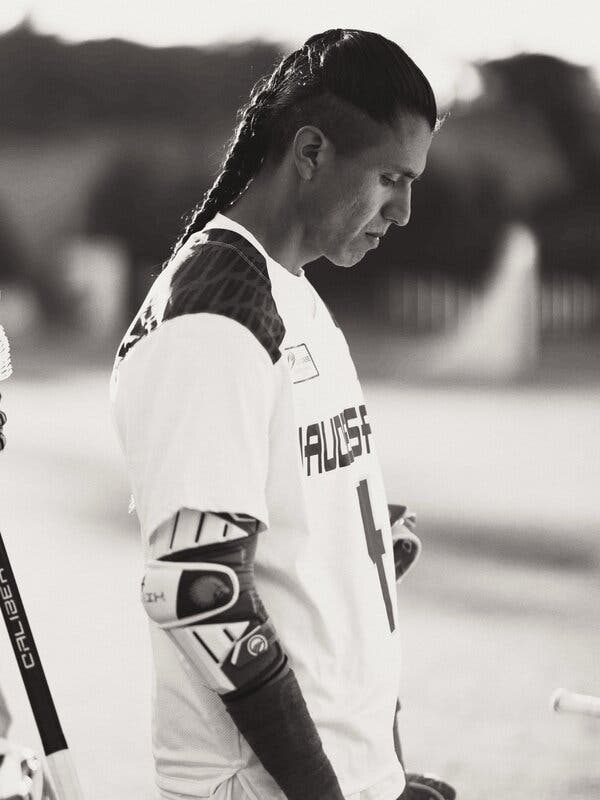
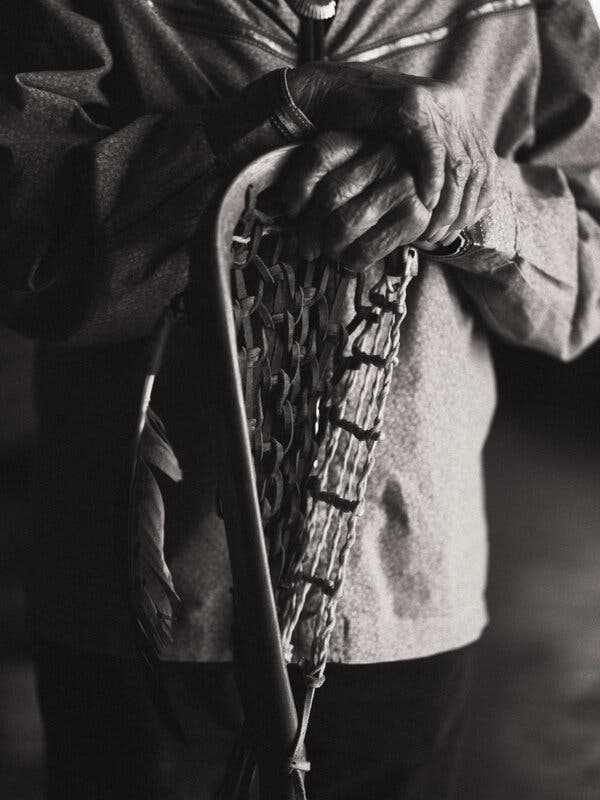
Nationals attackman Lyle Thompson on the field in 2023, left. While the modern game uses sticks made from artificial materials, wood sticks, like the one held at right by Oren Lyons, a founder of the Nationals, retain profound cultural importance to the Haudenosaunee.Credit…Ahmed Gaber for The New York Times
International competition has long been the most prominent vehicle for Haudenosaunee sovereignty and pride. When the team traveled to Perth, Australia, for its World Championship debut in 1990, for example, it did so using partly handwritten Haudenosaunee passports; when it took the field there, it did so with a newly created national flag and anthem. “That was: Here we are,” says Sidney Hill, a player on that team who would go on to become tadadaho, or the leader of the Six Nations that make up the Haudenosaunee. “Being recognized as a nation. We have our land, we have our language, our culture — what land we have left. We’re still here. We’re still going.”
